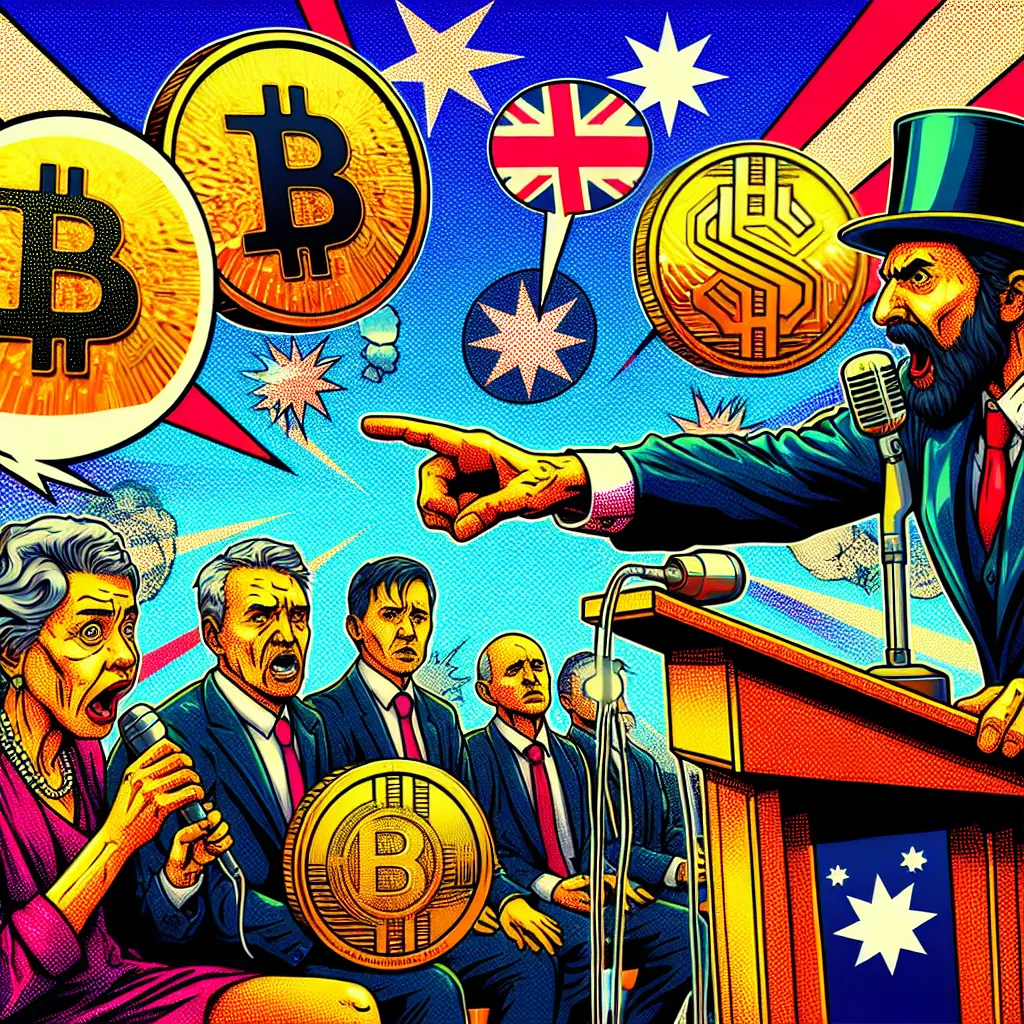Late on August 29, the official Litecoin account on X posted a lengthy, acerbic “fun fact” that quickly set off a cross-community dust-up. The message skewered XRP’s bank-rail narrative and took a personal swipe at Ripple CEO Brad Garlinghouse, mocking him with the nickname “Brad Garlicmouse.” In the post, Litecoin compared the scent of comets to the notion that XRP tokens would be marketed to retail buyers under the idea that a “digital bank drive‑up tube” is somehow more valuable than the money it moves — a jab tied to XRP’s limited token supply — and closed with a snide aside about “the president… sleeping with Brad Garlicmouse.” The post spread fast across Crypto X, drawing heavy engagement and sharp replies. The Litecoin handle later framed the exchange as part of an ongoing “roast” routine across crypto communities, pointing out different reactions to its jabs: mild pushback for Solana, self-directed humor when it targeted itself, and intense blowback when XRP was roasted.
It attempted some light defusing in follow-ups, urging followers not to take X too seriously and to move on. The XRP community reacts XRP-aligned accounts responded with a mix of rebuttals, historical reminders, and ridicule. One prominent reply resurrected Charlie Lee’s December 20, 2017 announcement that he had sold his Litecoin holdings, questioning the optics of a founder divesting at a market peak. Several voices called the Litecoin post a branding mistake — one account blamed the social-media intern — while others mocked Litecoin’s positioning. A recurring claim contrasted Ripple’s institutional outreach with Litecoin nostalgia: critics argued Ripple was actively engaging banks and regulators globally, whereas Litecoin’s founder was accused of focusing on merchandise and selling remaining coins into fiat.
Some commenters pointed to market-position arguments, noting that XRP had long since overtaken Litecoin in market relevance, and a number of users said they were voting with their wallets. Multiple posts announced LTC sales or plan to shift holdings into XRP and some users said they would unfollow the Litecoin account. The Litecoin handle largely leaned into its persona while replying. When warned of potential legal exposure for defamation or trade libel, the account brushed the warning off and suggested critics take their business elsewhere — even directing them toward XLM in one exchange. Beneath the theatrics, the dispute exposed a deeper philosophical divide over crypto’s purpose. Litecoin’s social voice framed its project as a peer‑to‑peer cash alternative and positioned itself in opposition to bank-linked architectures; by contrast, XRP’s supporters emphasize institutional integration and cross‑border settlement rails.
Litecoin summed up the difference bluntly in a response to an XRP holder, saying the two are “literally at different ends of the spectrum” in construct and purpose.
The incident also revived long-standing debates about founder sales and community trust. Charlie Lee’s 2017 divestiture — which he presented at the time as a move to avoid conflicts of interest — remains a sore point for critics who view it as abandonment. At the same time, wallets tied to Ripple founders have been noted for monthly token movements, a pattern on-chain analysts pointed out again last week. At press time, XRP was trading at $2.72.









